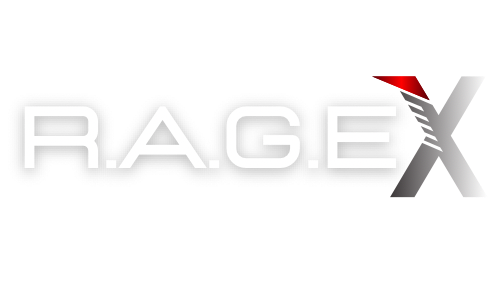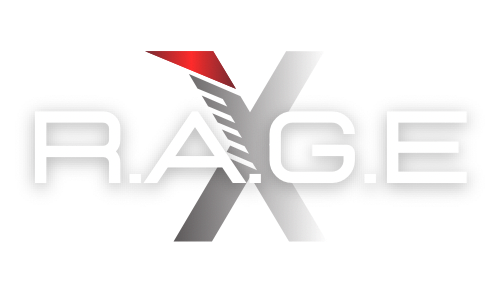On February 24, 2025, Sweden announced a landmark military aid package valued at 1.2 billion Swedish kronor (approximately $110 million USD) to Ukraine, coinciding with the third anniversary of Russia’s full-scale invasion. This package, detailed by Swedish government leaders in Svenska Dagbladet, includes the advanced BAE Systems Tridon Mk2 air defense system—marking its first deployment to Ukraine—alongside the proven Robotsystem 70 (RBS 70). Procured through the Swedish Defence Materiel Administration (FMV), this aid underscores Sweden’s escalating commitment to Kyiv amid intensifying aerial threats. The Tridon Mk2, a modular 40mm gun system mounted on a mobile platform, offers a cost-effective, rapid-response solution to counter drones, cruise missiles, and aircraft. This report examines the system’s specifications, historical context, and strategic implications for Ukraine’s defense as of February 25, 2025.

Historical Context of Sweden’s Military Support to Ukraine
Sweden’s support for Ukraine has evolved significantly since Russia’s invasion began on February 24, 2022. Initially limited to non-lethal aid like protective equipment, Sweden shifted to providing lethal assistance—including anti-tank weapons and artillery—by mid-2022. By January 2025, Sweden’s largest aid package to date ($1.2 billion) included advanced systems like the Archer artillery and CV90 vehicles. The February 2025 announcement builds on this trajectory, reflecting Sweden’s strategic pivot from neutrality to active NATO-aligned support.
- Early Support (2022): Personal protective gear and anti-tank weapons (e.g., AT4 launchers).
- Mid-War Escalation (2023–2024): RBS 70 MANPADS, artillery shells, and CB90 boats.
- 2025 Commitment: Long-term framework of 75 billion SEK ($7 billion) for 2024–2026, with the Tridon Mk2 as a flagship addition.
This progression aligns with Sweden’s response to lessons from Ukraine’s war, particularly the proliferation of low-cost drones and missile barrages targeting civilian infrastructure.
Tridon Mk2: Technical Specifications and Capabilities
The Tridon Mk2, developed by BAE Systems Bofors and unveiled at Eurosatory 2024, is a ground-based air defense system designed to bridge the gap between costly missile systems and legacy artillery. Mounted on a mobile platform—typically a Scania 6×6 truck or BvS 10 tracked vehicle—it leverages a 40mm Bofors Mk4 autocannon for versatility and firepower.
- Weapon System: Bofors 40mm Mk4 autocannon with programmable 3P (Pre-fragmented, Programmable, Proximity-fuzed) munitions.
- Rate of Fire: 200–300 rounds per minute (adjustable; typical bursts of 5–10 rounds).
- Effective Range: Up to 12 kilometers (7.4 miles), depending on target and terrain.
- Target Engagement: Drones, cruise missiles, aircraft, helicopters, and light armored vehicles.
- Mounting Platform: Modular design compatible with civilian trucks or military tracked vehicles.
- Guidance: Advanced fire control with integrated sensors (radar/optical suite optional).
- Ammunition Capacity: 100-round magazine, reloadable in-field.
- Mobility: Electric drive system for rapid deployment and platform adaptability.
- Production Timeline: 12–15 months per unit, indicating preemptive Swedish procurement for this aid.
The Tridon Mk2’s affordability and multi-threat capability make it a “budget analog” to short-range missile systems, offering Ukraine a scalable defense layer against Russia’s evolving tactics.
Complementary Systems: RBS 70 in Context
The aid package also includes the RBS 70, a man-portable air defense system (MANPADS) by Saab Bofors Dynamics, already familiar to Ukrainian forces since 2023 deliveries.
- Range: Up to 9 kilometers (5.6 miles).
- Altitude: 5,000 meters (16,404 feet).
- Guidance: Laser beam-riding, unjammable by electronic countermeasures.
- Portability: Operated by a single soldier or small team.
Together, the RBS 70 provides lightweight, flexible coverage, while the Tridon Mk2 delivers sustained, high-volume fire, creating a layered defense strategy.
Strategic Implications for Ukraine
Ukraine’s air defense network, strained by three years of war, relies on a mix of Soviet-era systems (e.g., S-300) and Western donations (e.g., Patriot, NASAMS). Russia’s increased use of drones—evidenced by its largest single drone strike on February 23, 2025—has exposed gaps in Kyiv’s capacity to counter low-cost, high-volume threats. The Tridon Mk2 addresses this vulnerability directly.
- Drone Defense: Effective against swarms of inexpensive UAVs (e.g., Shahed-136), reducing reliance on costly missiles.
- Infrastructure Protection: Shields critical assets like power grids and military bases, heavily targeted in 2024–2025.
- Operational Flexibility: Mobile platform enables rapid repositioning along Ukraine’s 1,000+ km frontline.
Swedish leaders emphasized that this donation strengthens Ukraine’s military and civilian resilience, potentially safeguarding a future ceasefire by deterring aerial incursions.
Sweden’s Broader Role and International Collaboration
Sweden’s aid extends beyond hardware. The package includes international cooperation to supply additional air defense missiles compatible with Ukraine’s existing systems, amplifying interoperability. Swedish Defense Minister Pål Jonson, announcing the package in Kyiv on February 24, 2025, highlighted the Tridon Mk2’s role in testing new Swedish technology on the battlefield—a dual benefit for Ukraine and Sweden’s defense industry.
- Funding: 1.2 billion SEK ($110 million) for procurement, part of the 18th aid package.
- Collaboration: Partnerships with NATO allies to enhance Ukraine’s air defense inventory.
- Long-Term Vision: Supports Sweden’s 2024–2026 pledge of 25 billion SEK annually.
This move also positions Sweden as a key player in NATO’s eastern flank, leveraging its industrial base (e.g., BAE Systems Bofors) to counter Russian aggression.
Comparison with Global Air Defense Trends
The Tridon Mk2 aligns with a global shift toward hybrid gun-missile systems for cost-effective air defense:
- U.S. M-SHORAD: 30mm gun system on Stryker vehicles, range ~4 km.
- German Skyranger 30: 30mm cannon with a 3–5 km range, anti-drone focus.
- Tridon Mk2 Advantage: Longer 12 km range and higher caliber (40mm) for broader threat coverage.
Unlike missile-heavy systems like Patriot ($4 million per interceptor), the Tridon Mk2’s ammunition costs pennies per round, offering Ukraine sustainable firepower.
Challenges and Considerations
Despite its promise, integrating the Tridon Mk2 poses challenges:
- Training: Ukrainian crews must adapt to a new system, though its simplicity may ease this transition.
- Logistics: Ammunition supply chains require coordination with Sweden and NATO partners.
- Production Delays: With a 15-month build time, immediate scaling may be limited.
Nevertheless, its first deployment in Ukraine offers a real-world proving ground, potentially accelerating refinements.








